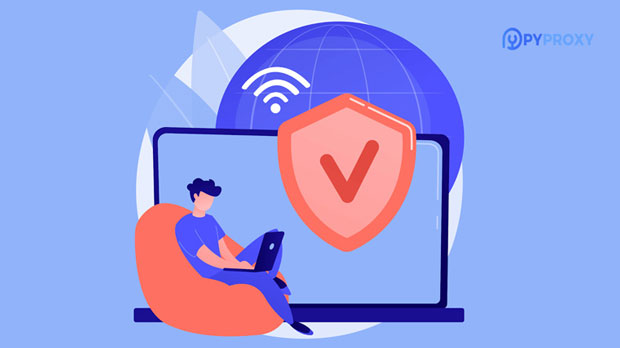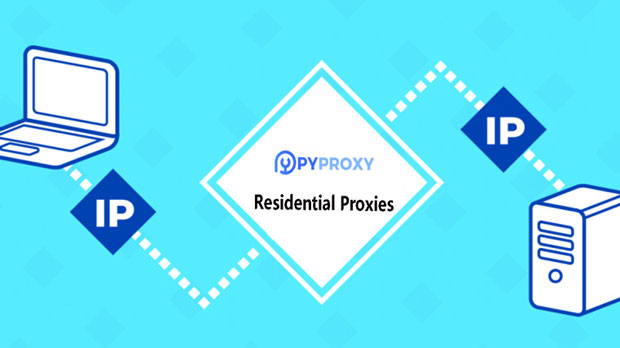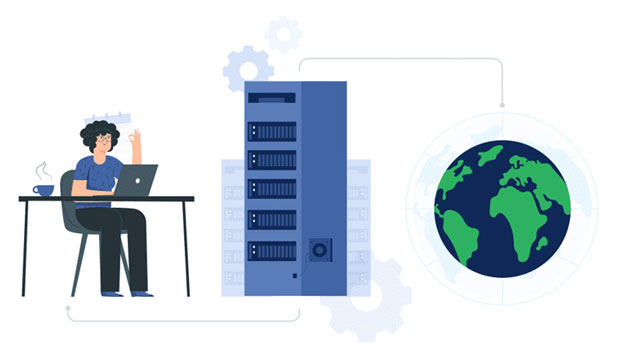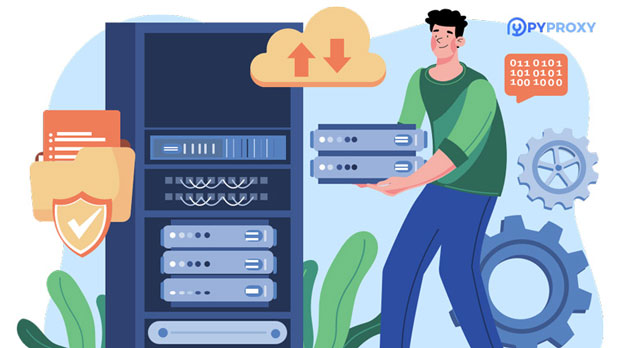What network functions can free SOCKS5 proxy software provide?
Free socks5 proxy software, as a common network tool, has been increasingly favored by users in recent years. Its main function is to establish a relay station between the user and the target website through a proxy server, thereby changing the user's IP address, achieving various functions such as anonymous internet access, bypassing geographical restrictions, and improving access speed. Compared with traditional HTTP proxies, socks5 proxies provide higher flexibility and support various protocols such as HTTP, HTTPS, FTP, etc., which can better meet users' network needs. This article will analyze in depth the main network functions that free socks5 proxy software can provide, and explore their practical significance and value to users1. Anonymous Internet Access: Protecting Personal Privacy One of the most significant features of SOCKS5 proxy is anonymous internet access. By using a proxy server, the user's real IP address is hidden, and all network requests will be forwarded through the proxy server. The target website can only see the IP address of the proxy server and cannot obtain the user's real IP. This feature is particularly important for users who are concerned about online privacy and data securityIn the modern Internet environment, the problem of privacy disclosure is increasingly serious, especially the collection and tracking of personal data. Through SOCKS5 proxy, users can avoid being tracked by third-party websites and advertising companies, thereby protecting their browsing habits, search history, and other private information. In addition, network censorship in certain countries or regions may also restrict users from accessing specific websites. SOCKS5 proxies can help users overcome these restrictions and maintain anonymous and free online accessSecondly, bypass geographical restrictions: global access to contentWith the development of the global Internet, many websites and service platforms will implement different access strategies for users in different regions. This geographical restriction is common on video streaming platforms such as Netflix and YouTube, as well as certain online stores. Due to certain content being only accessible to users from specific countries or regions, using SOCKS5 proxy becomes an effective tool to bypass these restrictionsBy selecting a proxy server located in the target country or region, users can obtain the IP address of that region and appear as users of that region when accessing the website. Taking watching Netflix as an example, users can access movies and TV shows limited to the United States by connecting to the socks5 proxy server in the United States. Similarly, when shopping, users can also obtain specific discounts or products from different countries through agentsIII. Improving Access Speed: Optimizing Network ConnectionsUnlike traditional HTTP proxies, SOCKS5 proxies support the transmission of more protocols and do not perform deep packet inspection or modification on data. Therefore, SOCKS5 proxy can provide users with more efficient and stable network connections, especially suitable for scenarios that require fast data transfer, such as large file downloads, high-definition video streaming playback, and online gamingWhen using SOCKS5 proxy, due to its simpler protocol and packet processing, it reduces the latency caused by encryption, decryption, and other operations, thus improving the user's browsing experience. By choosing a proxy server that is closer to their physical location, users can further reduce network latency and improve access speed. Especially for cross-border access users, the optimization features provided by SOCKS5 proxy are very significantFourth, support multiple protocols: cross platform applicationsSOCKS5 proxy not only supports HTTP or HTTPS protocols, but also can handle various types of network protocols, including FTP, POP3, SMTP, etc. Therefore, SOCKS5 proxy performs particularly well in cross platform applications. Whether it's web browsing, file transfer, or email sending and receiving, SOCKS5 proxy can provide a stable network connection, ensuring that users can smoothly engage in various network activitiesFor example, for users who need remote access to the server, SOCKS5 proxy can provide a secure connection through SSH (Secure Shell Protocol). In addition, SOCKS5 proxy can also support P2P protocol, making it an important tool for file sharing and BT downloading. In these scenarios, the efficiency and multi protocol support advantages of SOCKS5 proxy have been fully utilizedFifth, avoid IP blocking: improve network stabilityIn some cases, frequent network access may result in IP addresses being blocked or restricted, especially when accessing websites that require authentication. If the user's IP address is identified by the target website as malicious or abnormal, access may be restricted. And SOCKS5 proxy can effectively avoid this problem by providing dynamic IP addressesBy constantly changing the IP address of the proxy server, users can avoid the risk of IP blocking and ensure continuous and stable access. This feature is particularly important when using SOCKS5 proxy for data crawling, batch account registration, or accessing specific websites. It can ensure that users will not be interrupted by IP blocking during long-term and frequent network operationsSixth, enhance security: avoid man in the middle attacksAlthough SOCKS5 proxy itself does not provide encryption functionality, it can effectively reduce the risk of man in the middle attacks. In traditional HTTP connections, data transmission between the client and server may be intercepted or tampered with by third parties. By forwarding network requests to the proxy server, SOCKS5 proxy can hide user requests and data in the transport layer of the proxy, thereby enhancing the security of data transmissionFor users who need to perform sensitive operations on untrusted networks such as public Wi Fi, SOCKS5 proxy can provide some protection. Although SOCKS5 itself does not have encryption capabilities, when used in conjunction with VPN or other encryption protocols, it can greatly enhance network security and reduce the risk of data leakage7. Avoid DNS leaks: Ensure request privacyDNS leakage means that when a user accesses the Internet through a proxy, its domain name resolution request is still resolved by the original ISP (Internet service provider), resulting in the user's browsing activities may be monitored by the ISP or other third parties. SOCKS5 proxy can effectively avoid this problem by configuring a reasonable DNS resolution strategy, ensuring that users' DNS requests are also processed through the proxy serverBy using SOCKS5 proxy that supports DNS leak protection, users can ensure that their network requests are completely anonymous and not exposed to ISPs or malicious monitors. This feature is particularly important for users who place great importance on privacy protection, such as journalists, activists, or ordinary users who need to browse anonymouslyConclusion: The Actual Value of Free SOCKS5 ProxyOverall, the free SOCKS5 proxy software provides a variety of network functions that can help users achieve significant results in protecting privacy, bypassing geographical restrictions, improving network speed, and increasing security. Although the free SOCKS5 proxy software may not perform as well as the paid version in terms of performance and stability, it is still a very practical tool for ordinary usersHowever, users still need to be aware of some potential risks when choosing to use a free SOCKS5 proxy, such as the stability of the proxy server, speed limitations, and the risk of data leakage. Therefore, when choosing and using proxy services, users should consider security, functionality, and reliability comprehensively to ensure the security and smoothness of their network activitiesIn short, SOCKS5 proxy software is not just a simple network tool, it provides users with a more flexible, secure, and efficient internet experience. With the increasing complexity of Internet applications, the function and value of SOCKS5 proxy will become increasingly important and become an indispensable part of the modern network world
2025-01-06

























































